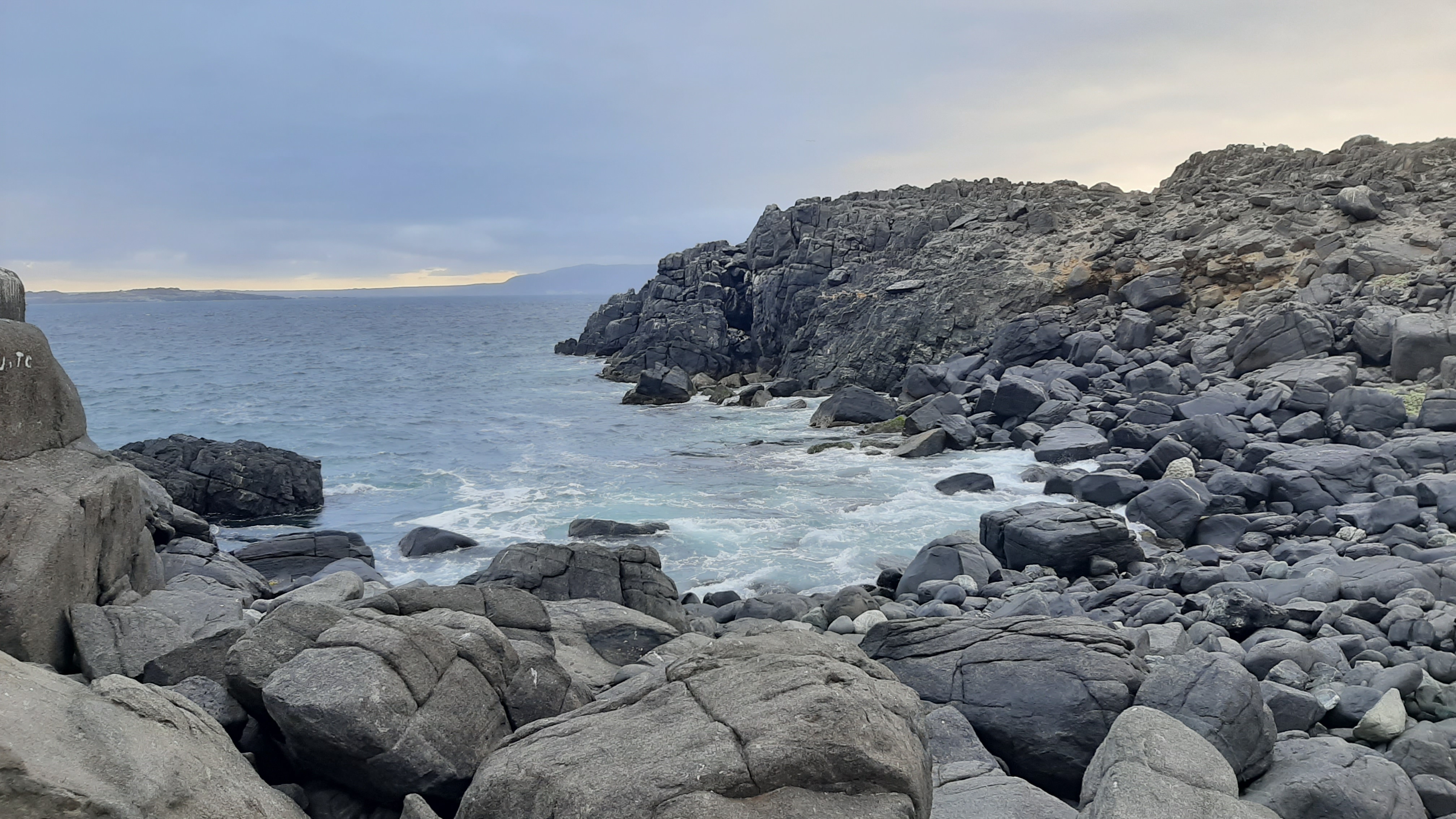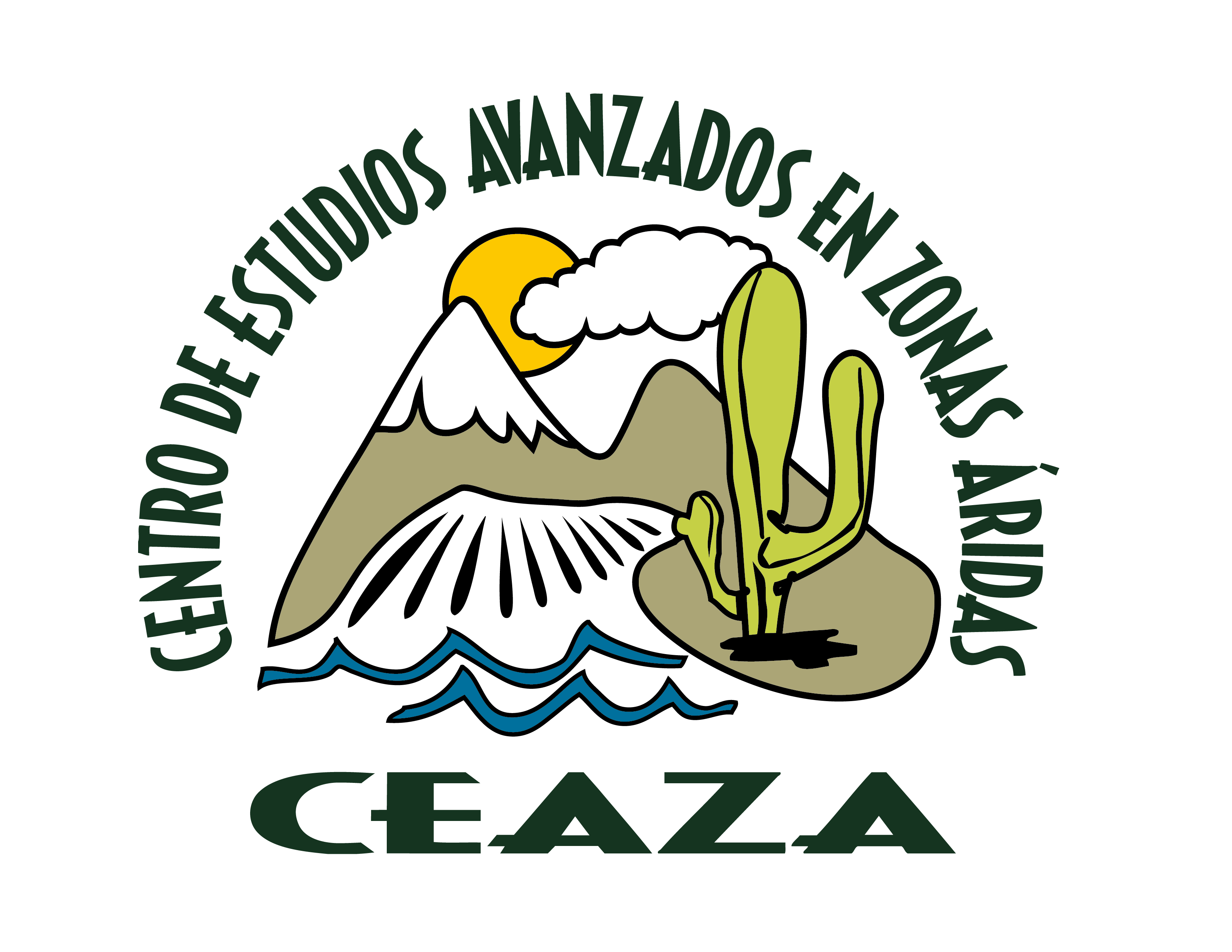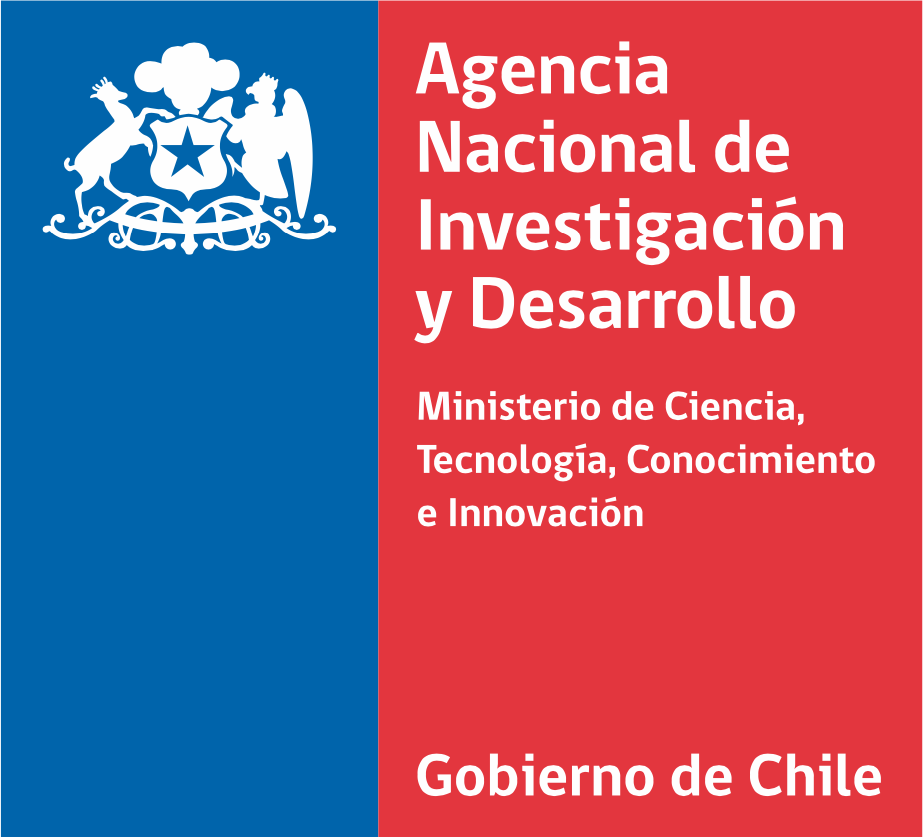What is archaeology?
Archaeology is the science that studies the material evidence left by human groups that have inhabited planet Earth. Cultural remains can be found on the surface, buried underground, or under the sea. This evidence consists of stone tools, ceramics, bone tools, faunal remains used as food or artefacts and architectural remains, among others.
What is ethno-archaeology?
A discipline that studies how activities of living societies generate material evidence. The direct observation of material traces left by social dynamics, help to evaluate and improve archaeological analyses and interpretations.
What is the shell fishhook Culture?
First described by the archaeologist J. Bird in 1943-1946 during his investigations along the northern coast of Chile. The name was proposed based on the noticeable relevance of shell fishhooks in the archaeological contexts.
What is the Choromytilus chorus?
Species of mussel. A marine bivalve mollusk commonly known as Choro zapato. Its natural distribution goes from the northern coast of Peru to Tierra del Fuego in Chile. Among all the available mollusks species along the coast of Chile, this was the only one used to manufacture fishhooks.
What museums will be visited to study archeological shell fishhooks?
Archaeological Museum of San Miguel de Azapa in Arica; Iquique Regional Museum; Antofagasta Regional Museum; Augusto Capdeville Museum in Taltal; Copiapó Regional Museum; Paleontological Museum of Caldera; Archaeological Museum of La Serena; and National Museum of natural history in Santiago and Valparaíso.
What is experimental fishing?
In this project, the experimental fishing will consist in using shell fishhook replicas to fish. With the help of artisanal fishers, we will evaluate the efficiency and resistance of these artifacts in different fish zones, fish species and fishing techniques. This activity will be essential to enrich archaeological interpretations.
What is radiocarbon dating?
Method used in archaeology and other sciences, to determine the age of the materials found in archaeological sites. When an organism dies, it stops absorbing the Carbon 14 radioactive isotope and begins to decay. The method determines the proportion of C14 that remains in the analyzed material (bone, charcoal, etc) and estimates the time passed since its death.
What is isotopic analysis?
Methodology used in archaeology and other sciences that characterizes the distribution of stable isotopes of chemical elements in a sample. In this project, we will analyze the isotopic composition (Carbon 13 and Oxygen 18) of Choromytilus chorus shells to reconstruct paleo-oceanographic conditions, and to identify sources of the raw material used to manufacture shell fishhooks.
What is the morphometric analysis?
Technique used in archaeology and other sciences to quantify morphological variability of objects by recording their shapes. This tool allows performing comparative analysis and evaluating hypotheses about factors that could influence shapes of analyzed objects.



